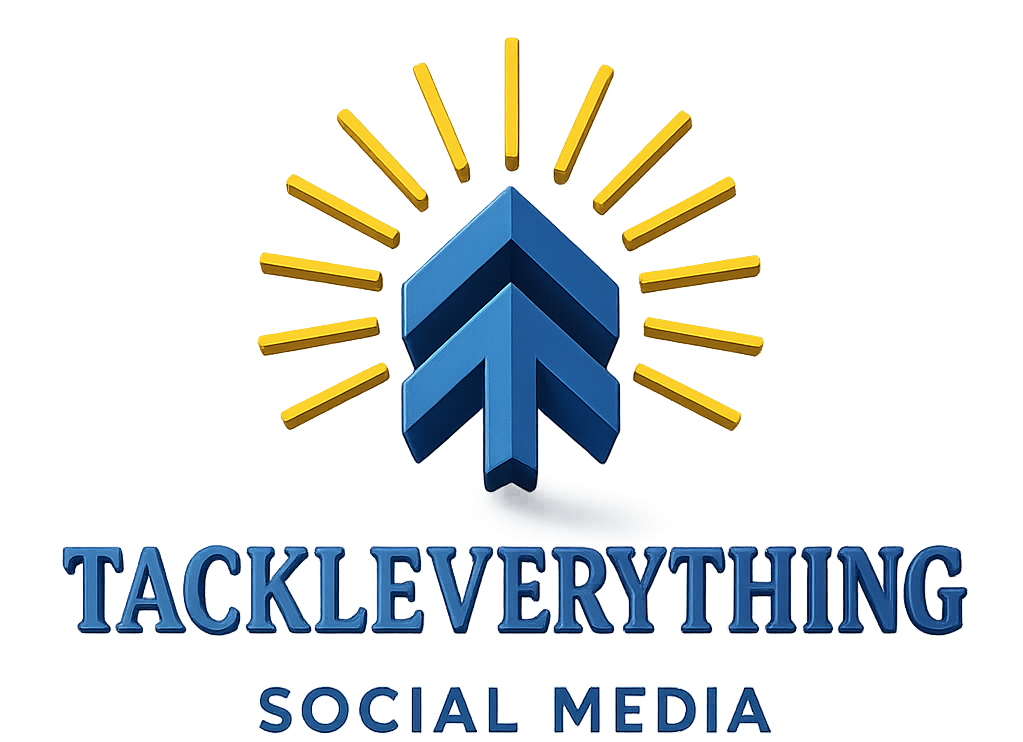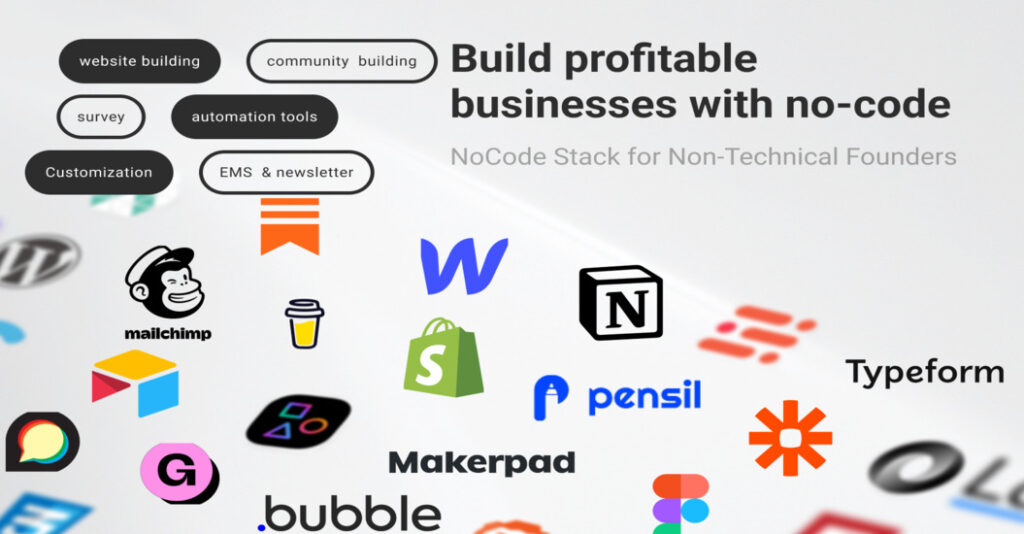In a world where technology is evolving at lightning speed, small businesses no longer need to hire expensive developers or learn complex programming languages to build powerful digital tools. Thanks to the rise of no-code platforms, entrepreneurs, creators, and solopreneurs can now build apps, websites, automation workflows, and more — all without writing a single line of code.
This shift is not just a tech trend; it’s a revolution that’s empowering small businesses to compete with large enterprises on a level playing field. In this blog, we’ll explore what no-code really means, how it’s transforming small businesses, and which tools are leading the charge in 2025.
🚀 What is No-Code?
No-code refers to software development platforms that allow users to create applications and digital tools using visual interfaces, drag-and-drop components, and pre-built templates — instead of writing traditional code.
These tools are designed for non-technical users and are perfect for:
- Entrepreneurs launching startups
- Small business owners managing online operations
- Freelancers and agencies building client solutions
- Content creators building branded tools
In short, no-code platforms remove the barrier of technical skills and enable faster innovation.
💡 Why No-Code is a Game-Changer for Small Businesses
Here are a few reasons why no-code is revolutionizing how small businesses operate:
1. Speed to Market
Building a product using no-code tools can take days instead of months. For example, using Glide, you can create a full-featured mobile app from a Google Sheet in under an hour.
2. Low Cost
Hiring a development team can cost thousands of dollars. No-code tools typically run on affordable monthly plans. For instance, Bubble offers powerful app development starting at $0/month for hobbyists and low-cost plans for startups.
3. Flexibility and Control
Business owners don’t need to rely on third parties. Want to tweak your sales funnel? Update your website? Launch a booking system? With tools like Webflow, it’s all in your hands.
4. Scalability
No-code tools like Airtable and Zapier allow businesses to start small and scale efficiently — automating processes and integrating with other tools as they grow.
🛠️ Top No-Code Tools Empowering Small Businesses in 2025
Let’s look at some of the best no-code platforms that are helping small businesses thrive:
1. Glide – Build Mobile Apps Fast
Perfect for businesses that want to build internal tools, client dashboards, or simple mobile apps using Google Sheets.
🔗 Visit Glide
2. Webflow – Professional Websites Without Code
Design, build, and launch responsive websites visually. Ideal for agencies and eCommerce stores.
🔗 Visit Webflow
3. Bubble – Full Web App Development
Create complex web apps with database management, workflows, and user login. Think of it as coding… without the code.
🔗 Visit Bubble
4. Airtable – Smart Databases with a Spreadsheet Interface
A hybrid of spreadsheet and database — great for CRM, project management, and inventory.
🔗 Visit Airtable
5. Zapier – Automate Everything
Connect your favorite apps and automate repetitive tasks without coding. Automate lead capture, emails, reports, and more.
🔗 Visit Zapier
6. Tally – Create Beautiful Forms
Create free, easy-to-use forms for surveys, lead generation, or feedback collection.
🔗 Visit Tally
7. Notion – All-in-One Workspace
Use it to manage tasks, projects, wikis, and even run small websites via Notion templates.
🔗 Visit Notion
🔄 Real-Life Success Story
Meet Priya Sharma, a boutique owner in Delhi. She used Webflow to create a beautiful eCommerce store in just 5 days — no developers needed. Then, she used Zapier to automate her order notifications, and Airtable to manage inventory. Today, she runs a profitable online boutique and spends more time focusing on design and customer engagement rather than backend tech hassles.
This is just one of thousands of success stories made possible by no-code tools.
🧠 How to Get Started with No-Code as a Beginner
You don’t need to be a tech expert to start using no-code platforms. Here’s a quick roadmap:
- Identify Your Use Case: Do you need a website, app, automation, or database?
- Choose the Right Tool: (Use the list above for reference)
- Start with Templates: Most platforms have pre-built templates to help you launch faster.
- Learn Through YouTube & Blogs: Check tutorials from Makerpad, Nocode.tech, or YouTube creators like TackleEverything.
- Experiment and Build: The best way to learn is by doing. Start small and scale gradually.
📈 No-Code + AI = The Future of Business
In 2025, we’re seeing a powerful blend of no-code tools with AI features. Platforms like Zapier, Notion, and Bubble are now integrating AI assistants to automate even more processes.
For example:
- Generate dynamic website copy using AI in Webflow.
- Use ChatGPT with Airtable to auto-fill content or replies.
- Create AI-powered customer service bots with Landbot.
This intersection of AI and no-code is opening up new levels of productivity, personalization, and automation — without any technical skills.
🎯 Final Thoughts: Should You Switch to No-Code?
Absolutely — especially if you’re a small business owner. The barrier to entry is low, the cost is affordable, and the time to build is dramatically reduced. You’ll be amazed at what you can achieve once you start exploring the no-code world.
No-code tools are not just simplifying development — they’re democratizing innovation. Whether you’re a solopreneur, freelancer, or run a small team, now is the best time to harness this revolution and take control of your digital future.
🔖 Bonus: Free Resources to Learn No-Code in 2025
- Makerpad Tutorials
- NoCode.tech Tool Directory
- YouTube Channel – TackleEverything
- Webflow University
- Glide Docs
- Zapier Learning Center
You Can also watch this youtube Video for more understanding:- https://youtu.be/8UXyNJO7YG4?si=pogh_0QeC8Ra92s2




I’m often to running a blog and i actually admire your content. The article has actually peaks my interest. I am going to bookmark your website and maintain checking for brand spanking new information.